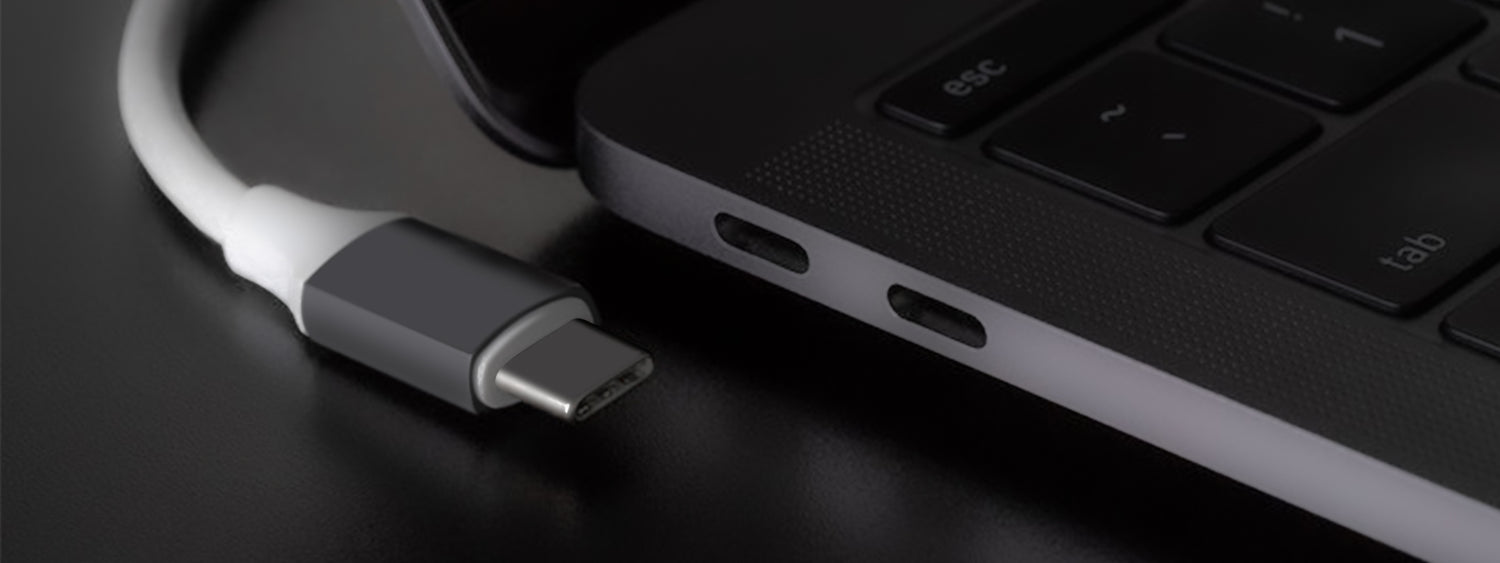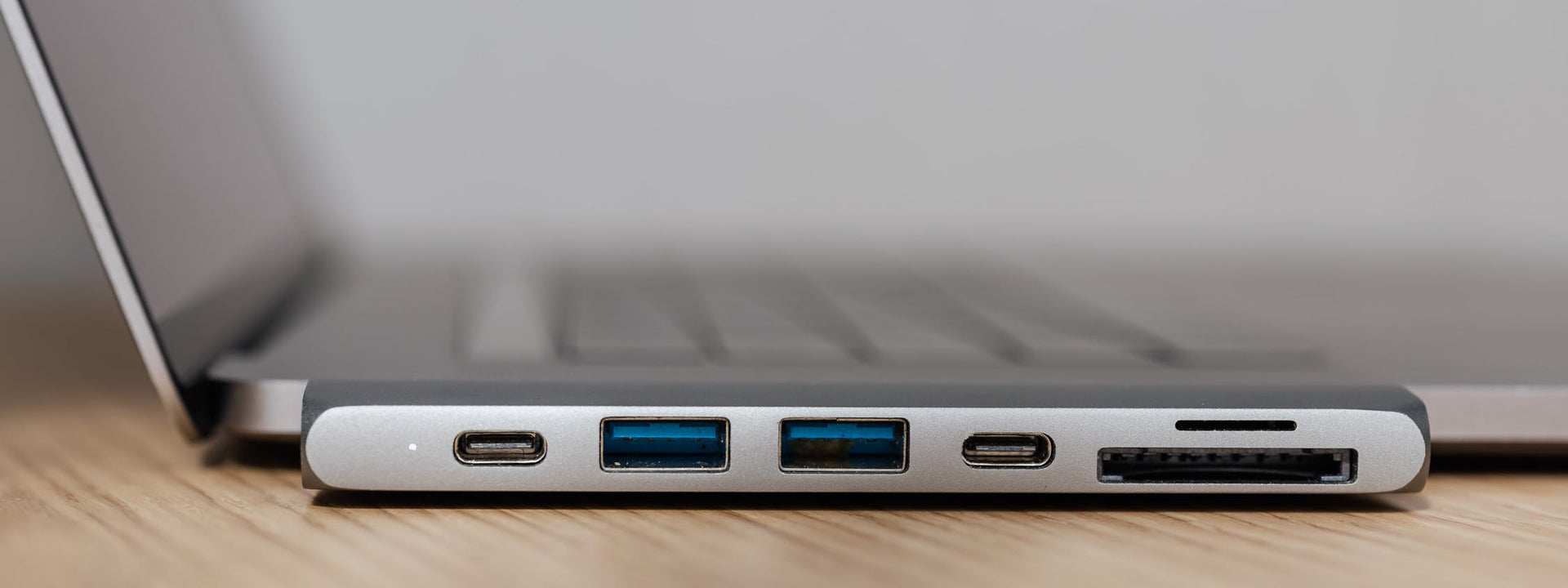Technical standards are constantly updated over time. The newest USB generation, USB4 has been published, it would be poised to spread rapidly in 2021. The first computers with USB4 connectivity arrived near the end of 2020, and you can expect to see many more laptops and desktops equipped with it in 2021, along with peripherals dubbed USB4-compatible. Whether it is transmission speed, interface configuration or other performance, USB4 have changed a lot, together with RayCue to see what new features have emerged?
What is USB4?
USB4 is based on the Thunderbolt 3 protocol specification and is also one of the versatile ports. Enjoy the superfast USB transmission speed up to 40Gbps (20Gbps×2), USB4 is able to transmit DisplayPort video and audio at the same time. Combining multiple protocols into a single physical USB-C interface, which can dynamically share the overall speed and performance of the USB4. Therefore, USB4 integrates multiple connection standards, adopts the USB Type-C connection type and uses two-channel operation. It is backward compatible with USB 2.0 and USB 3.2 and supports Thunderbolt 3.
USB4 vs Thunderbolt 3
In March 2019, Intel released the Thunderbolt 3 specification, which finally made it free of usage fees, and can be used to form USB4. The new generation of USB standard USB4 integrates Thunderbolt 3 technology, uses the same Type-C connector, but no longer requires an Intel Thunderbolt controller or Intel certification, it also means the some USB4 products may be capable of all the features available via Thunderbolt 3, including the ability to use a single cable to power your PC, carry video output to a display, and transfer data. All USB 4.0 devices and ports will automatically be compatible with Thunderbolt devices. Both are great options for charging smartphones or high-performance gaming laptops. All USB4 ports and devices that support USB4 will automatically be compatible with Thunderbolt 3. Both are great options for charging smartphones or high-performance gaming laptops.
USB4 vs Thunderbolt 4
Intel said that Thunderbolt 4 and USB4 are based on the underlying protocol of Thunderbolt 3, and they are complementary and compatible. Both of them use Type-C connectors, and the highest speed is 40Gbps. The difference is that the USB4 is more versatile but has lower equipment requirements. Compared with USB4, Thunderbolt 4 has greatly improved the equipment minimum requirements. It defines strict product features, verification testing and certification requirements. Therefore, when using devices that support Thunderbolt 4, the experience will be better than using USB4. It can be said that Thunderbolt 4 is the most comprehensive interface protocol at this stage.
After reading the above blog post, do you have a better understanding of USB4? RayCue is excited about USB4 and looking forward to producing various related cables, hubs and other peripherals to help users make the most of this new standard! Stay tuned!
Previous: What's the Difference Between Thunderbolt 3 and USB-C




Deixar comentário
Os comentários precisam ser aprovados antes da publicação.
Este site é protegido por hCaptcha e a Política de privacidade e os Termos de serviço do hCaptcha se aplicam.